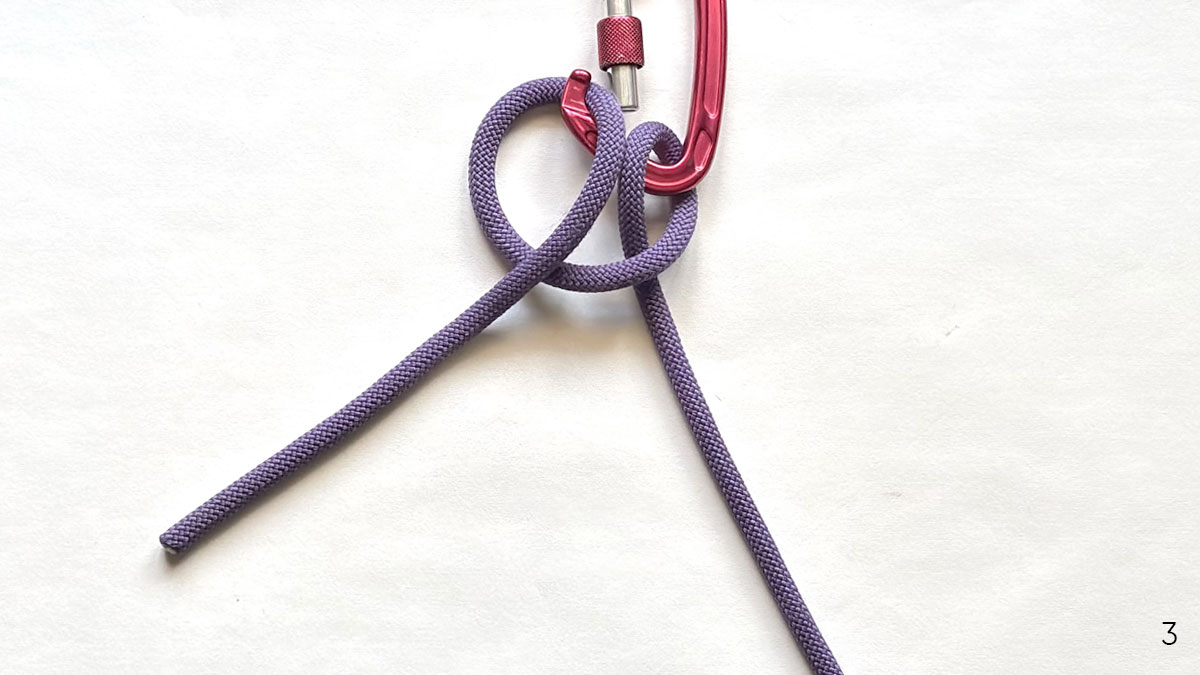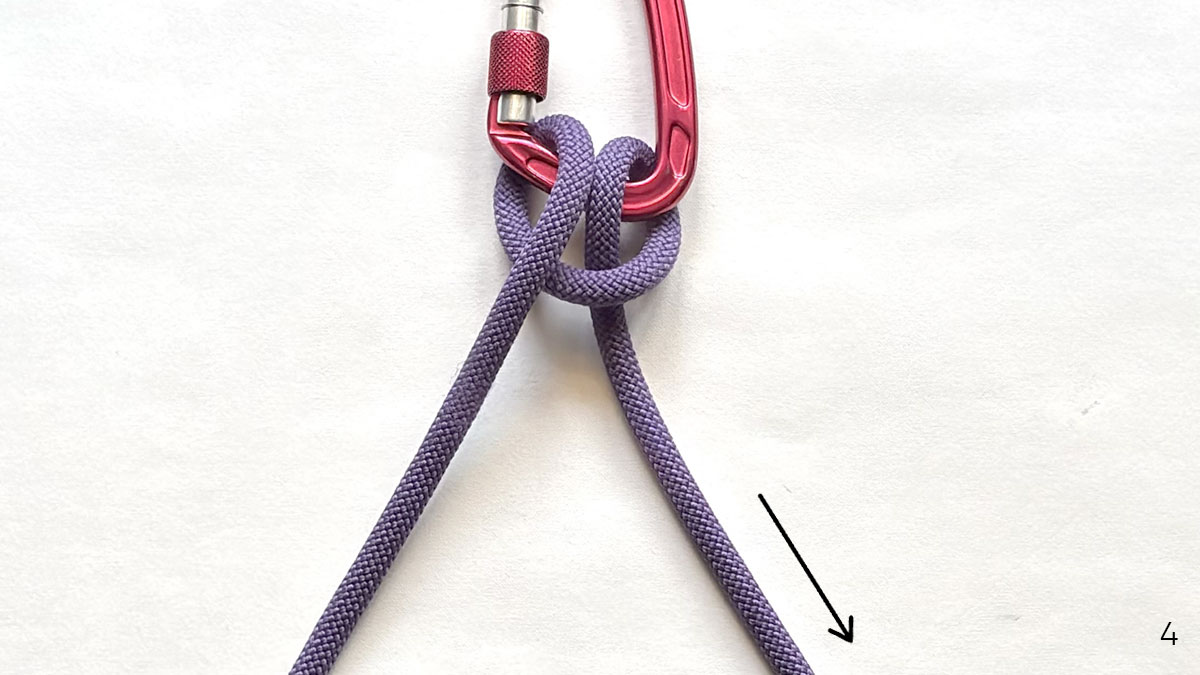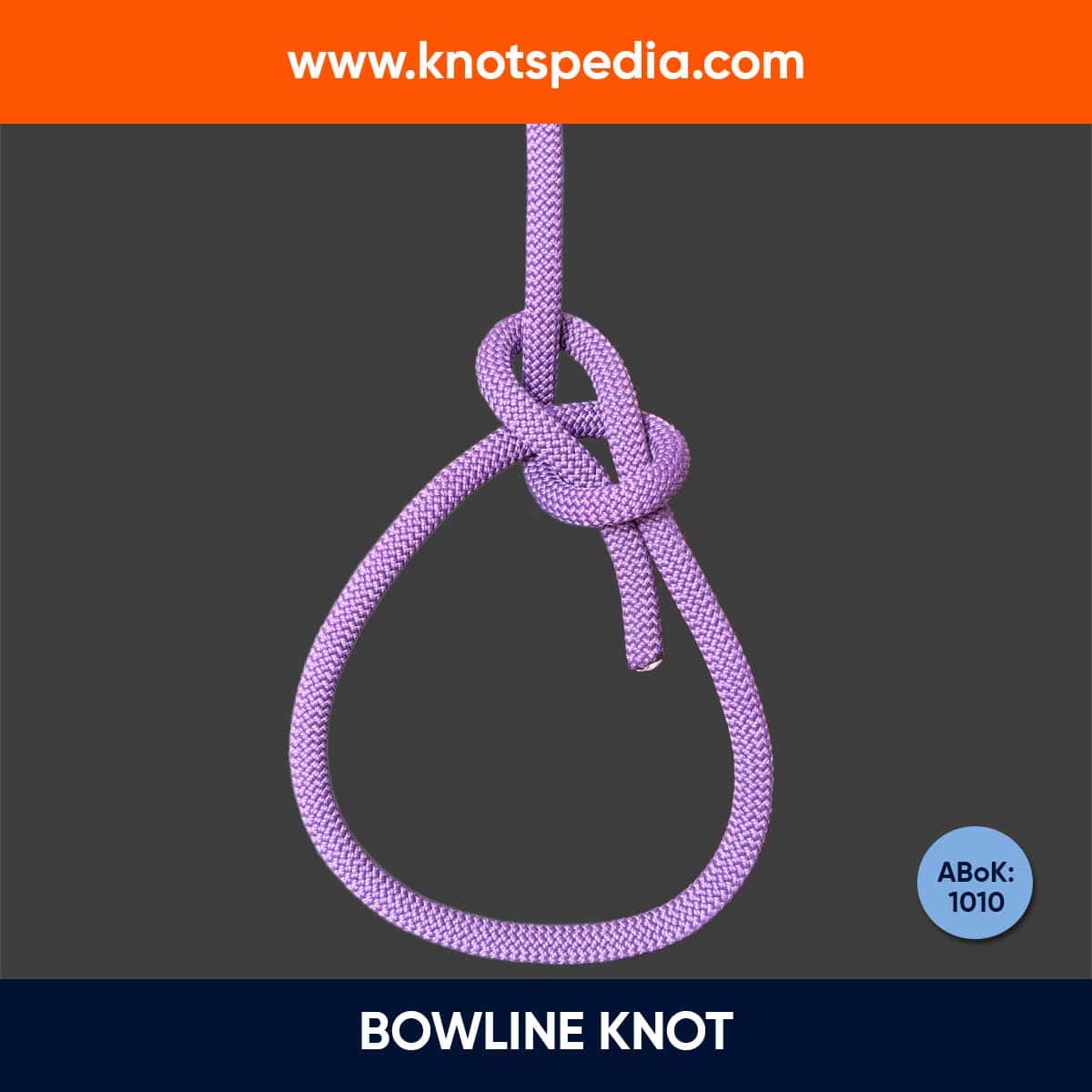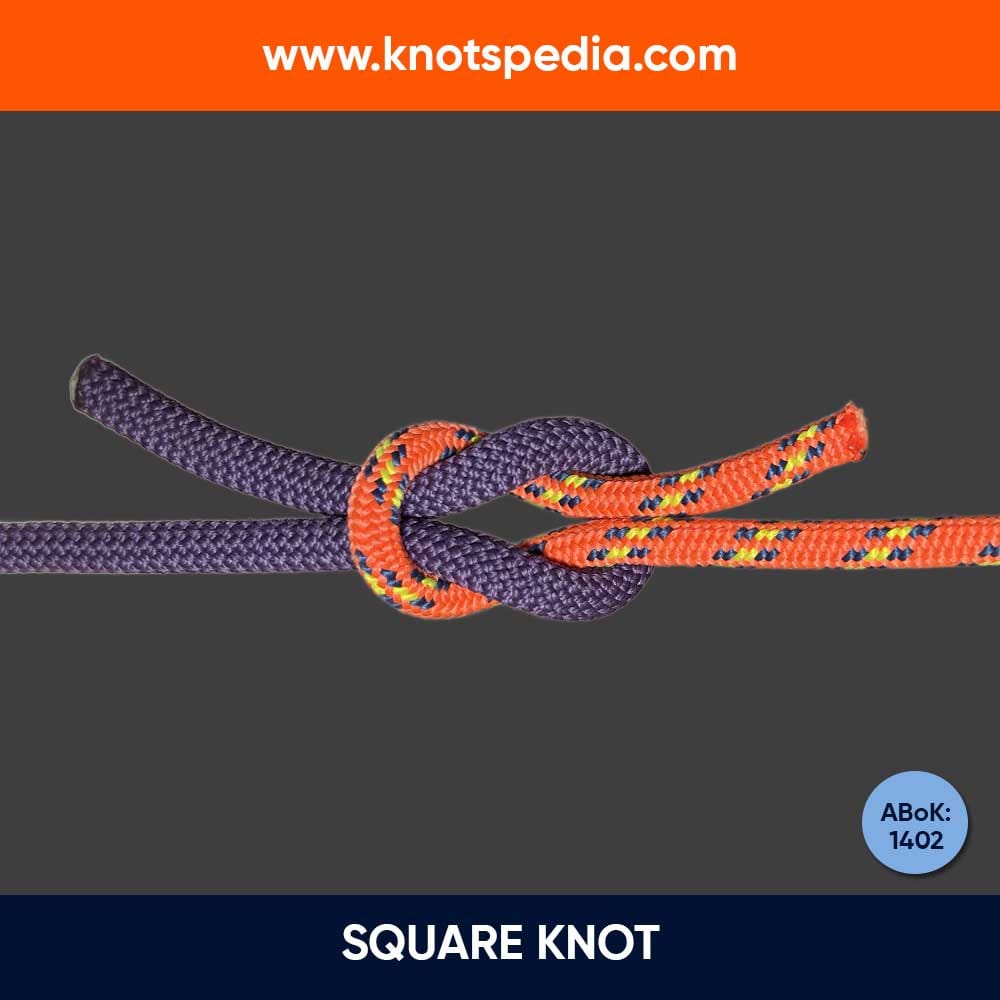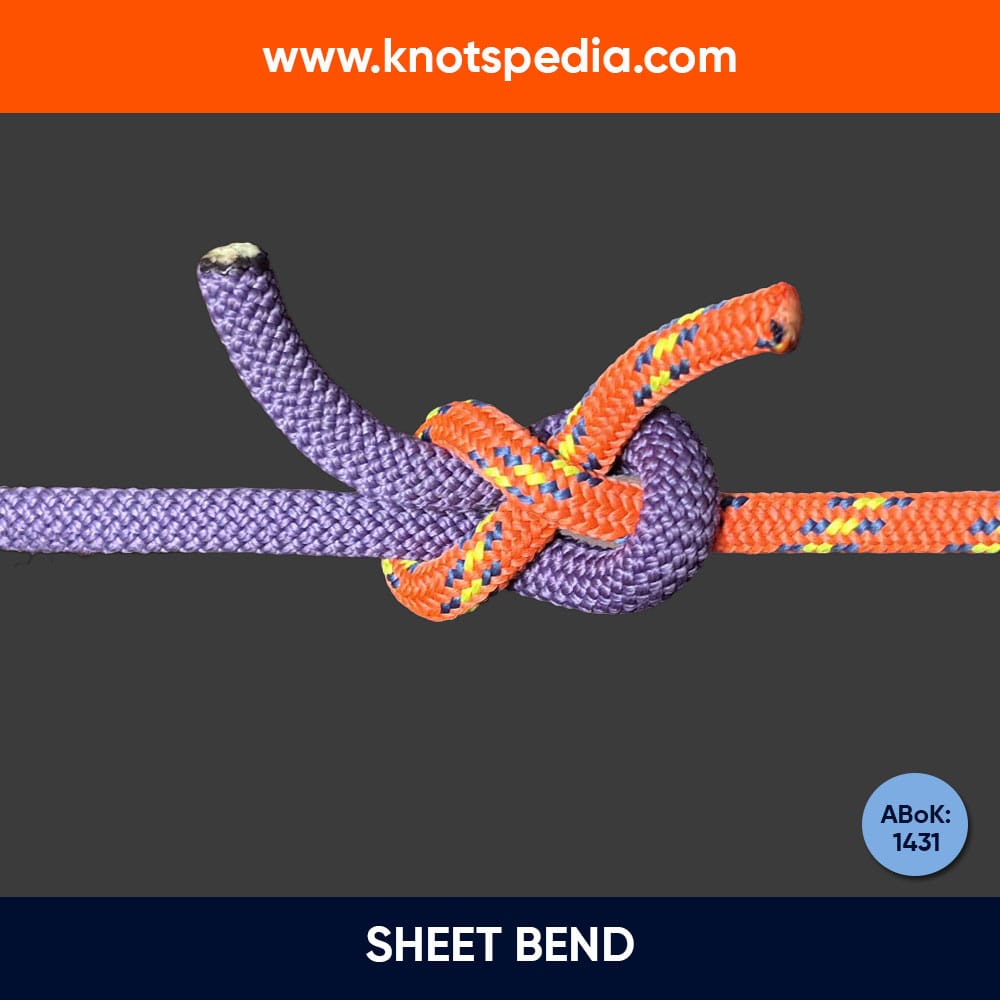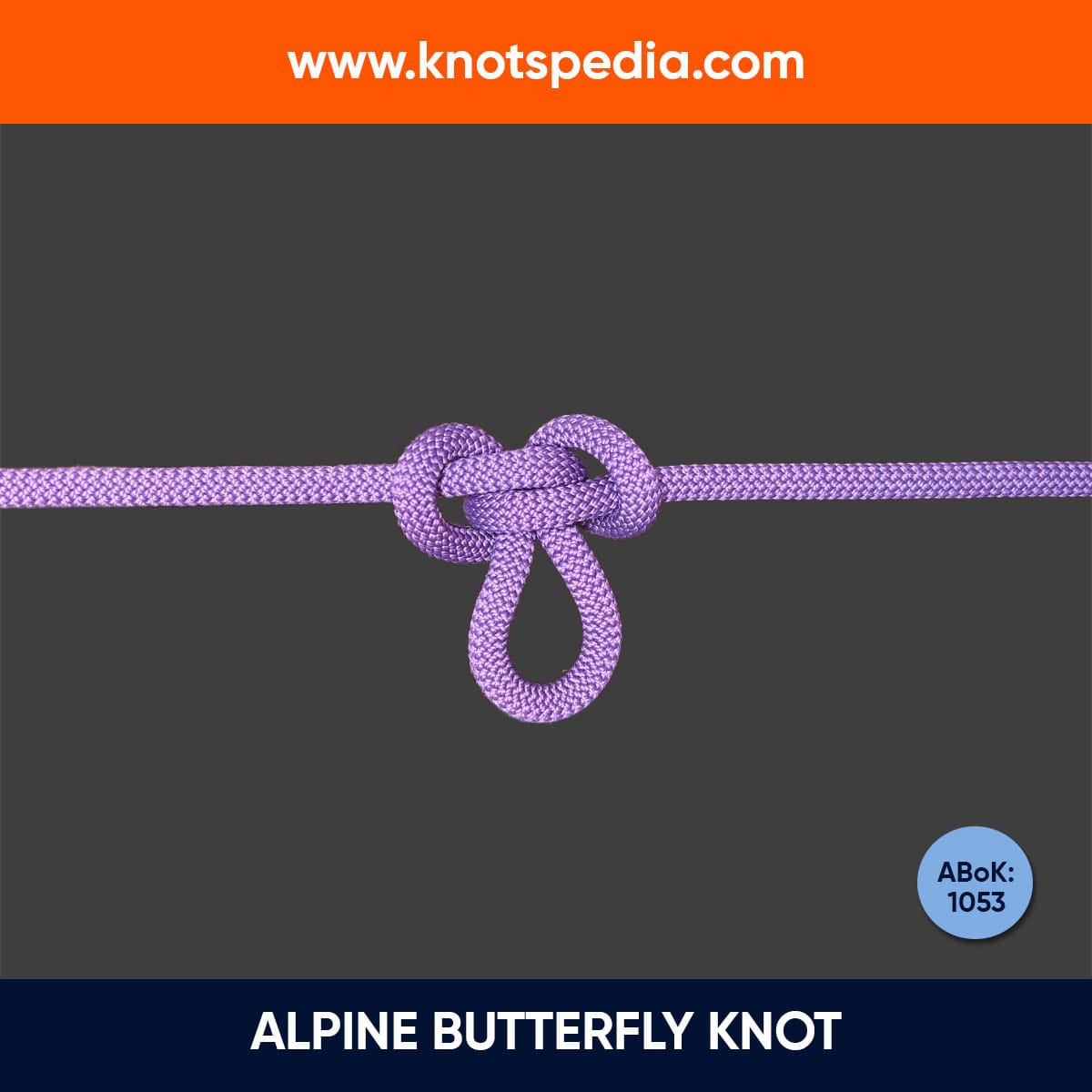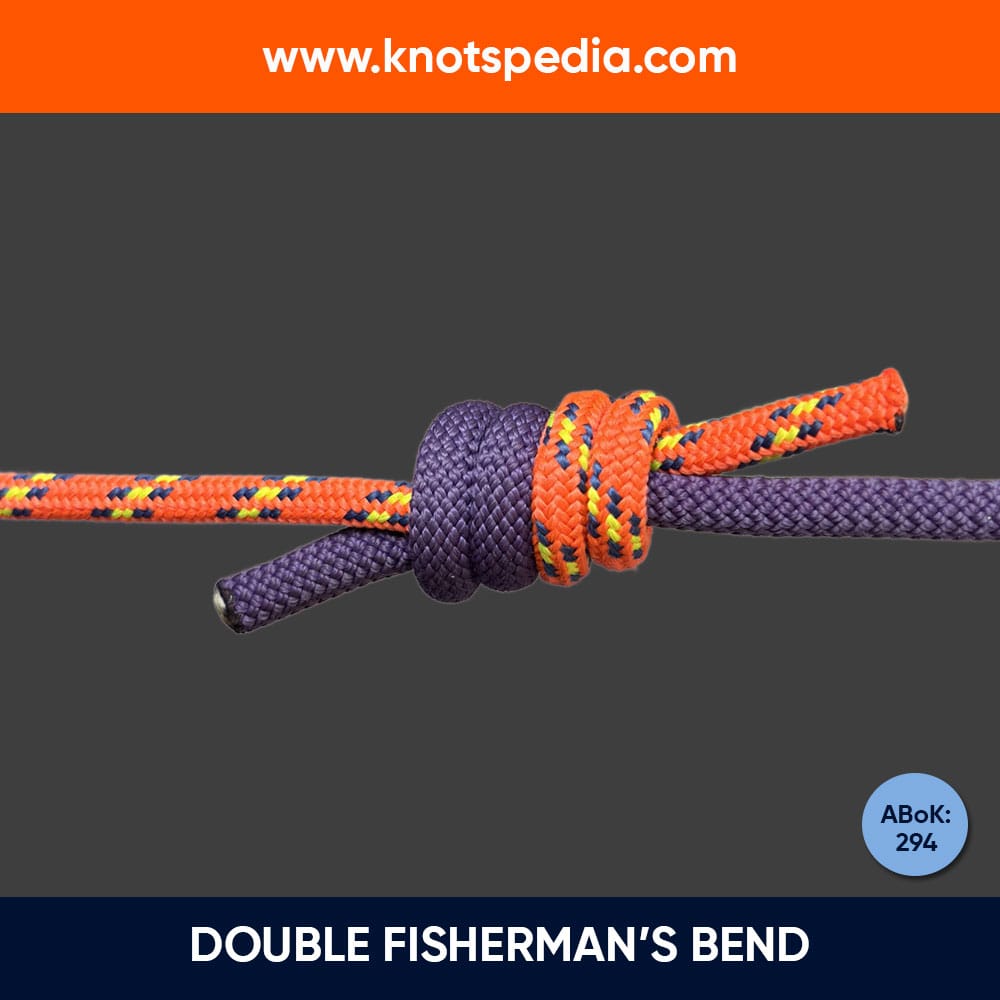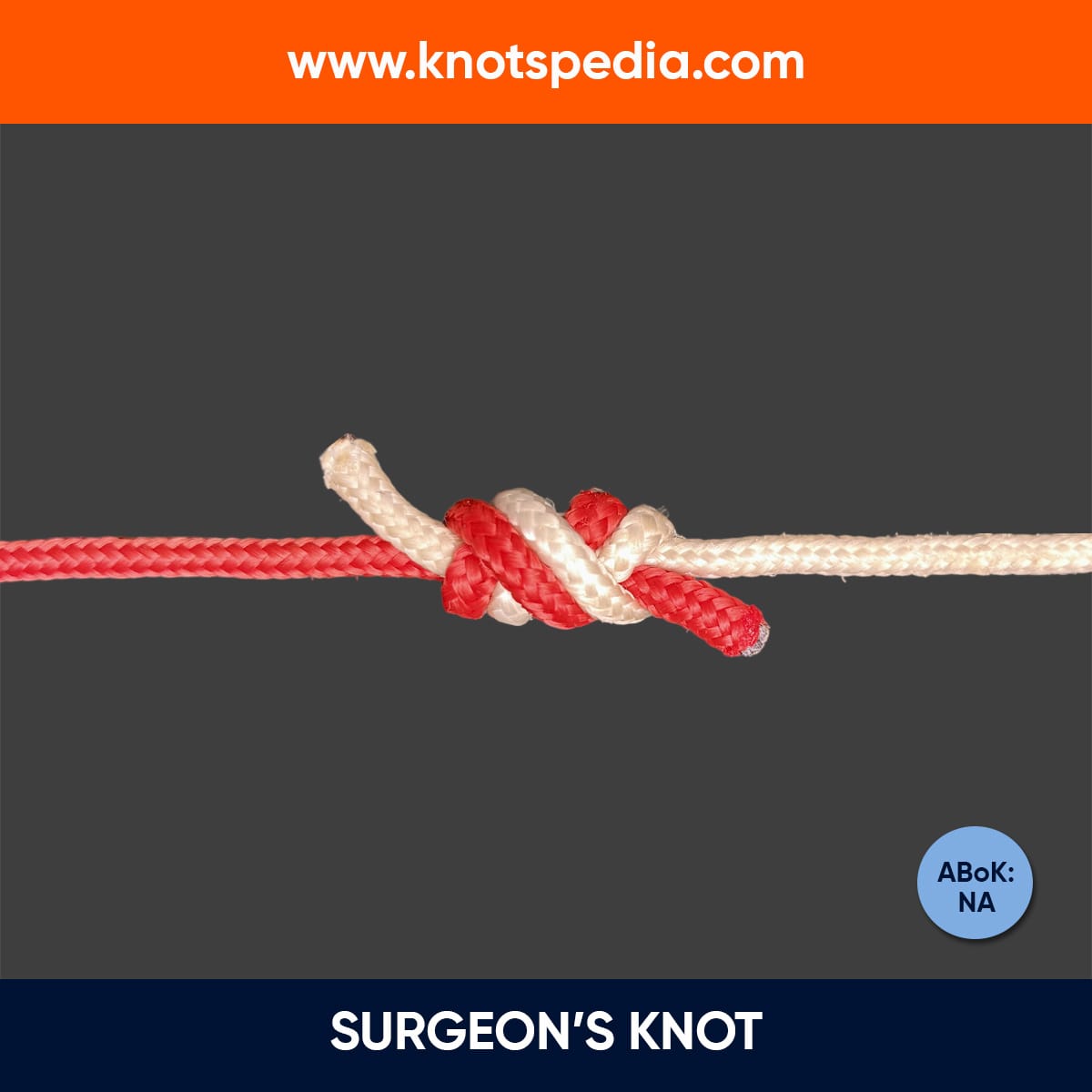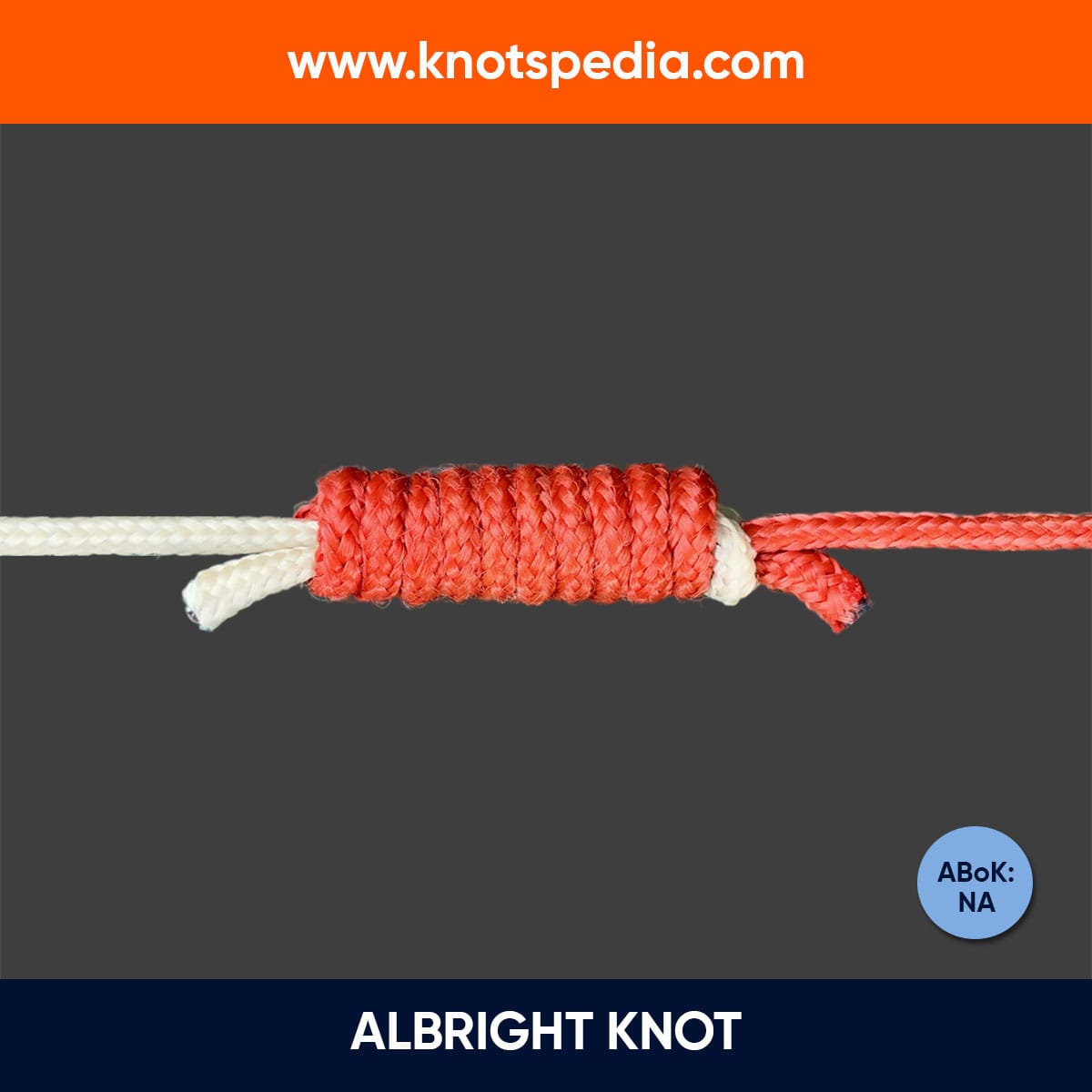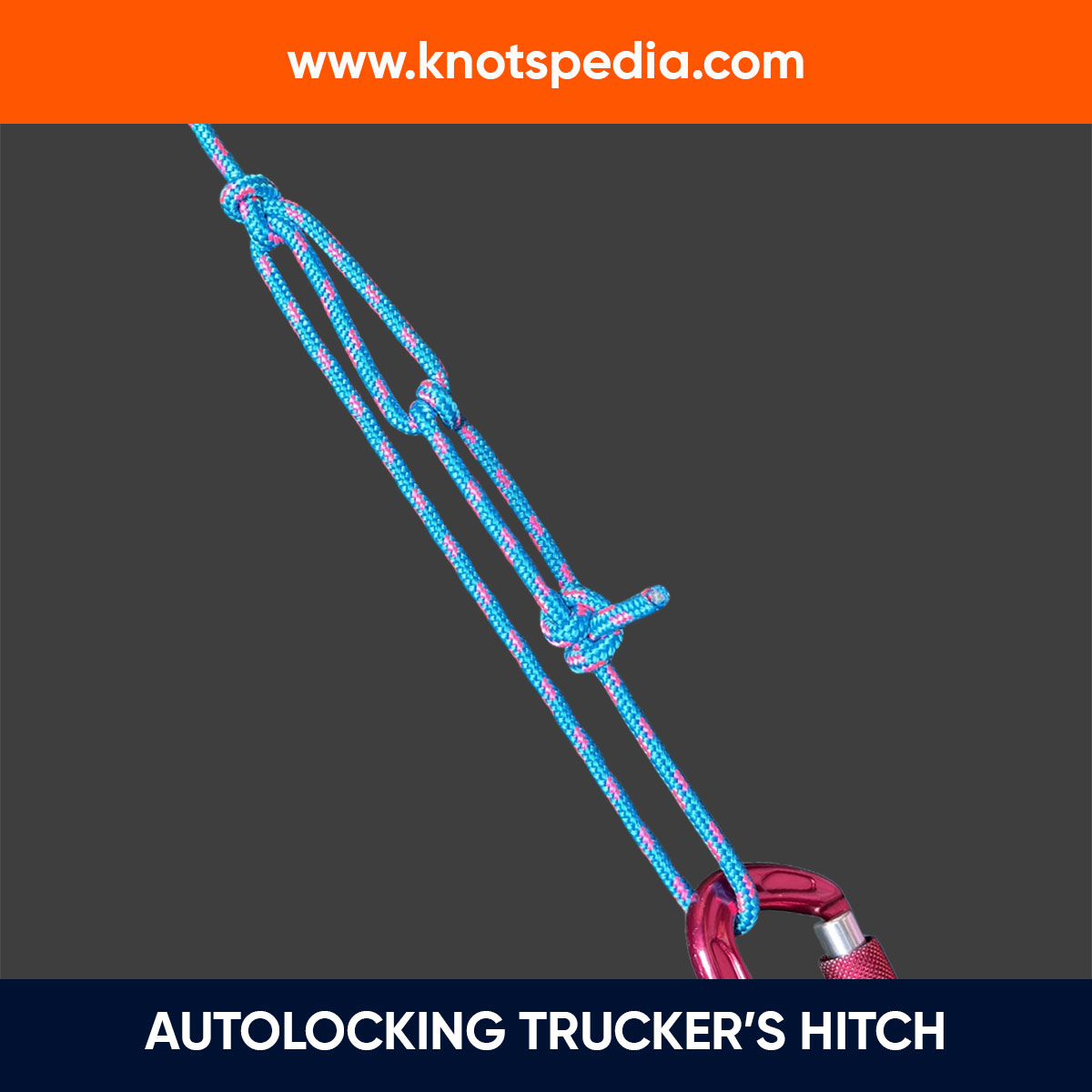The Munter Hitch is used to descend through the rope without the use of a belay device.
It’s the best backup system if you drop your belay device on a long climb or forget your belay plate.
The best part?
It works in both directions. You can pull from either end of the rope, and it still works just as fine.
Let’s learn it in detail.
Munter Hitch Details
Type: Slide and Grip Knot
Other Names: Italian Hitch, Crossing Hitch, HMS, Tag Knot, Half Clove Hitch, Mezzo Barcaiolo, Flip Flop Knot
ABoK Reference: Not Listed
How to Tie the Munter Hitch
- Make a loop in the rope and clip it into the locking carabiner.
- Make another loop opposite to the first loop.
- Clip the second loop into the carabiner.
- Lock the carabiner and pull to tighten.
Munter Hitch Step by Step
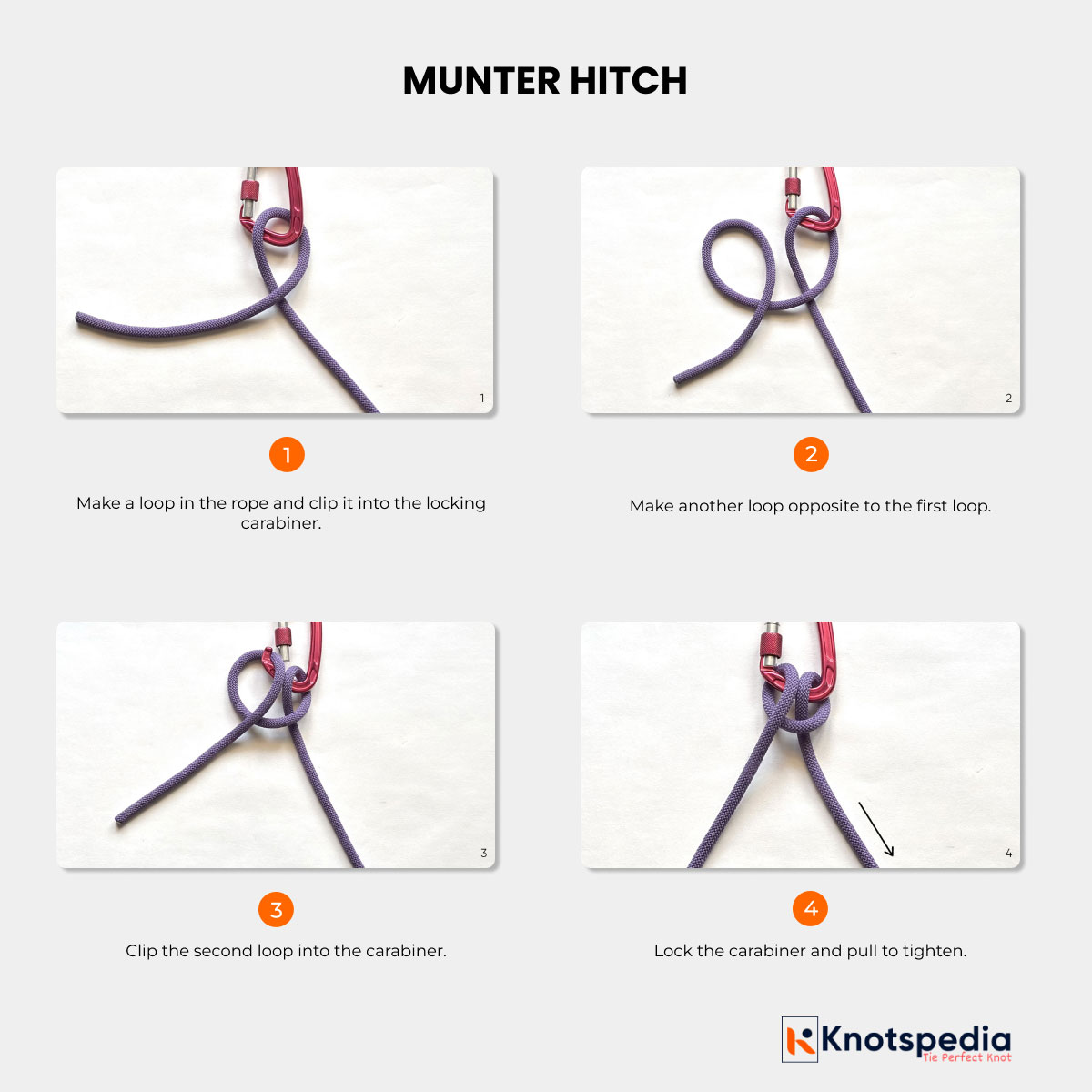
Belaying with the Munter Hitch
To Lock Off: To stop the rope from moving, hold the brake rope forward so both ropes are parallel to each other.
To Give Slack: Keep the brake rope loose and pull through the slack.
To Take in: To take the ropes in, pull the brake rope so that the knot flips.
To Lower: First, lock the rope in a maximum fraction position (both ropes parallel). Then, move the brake rope back and lower. You’ll find it tricky to find a sweet spot, but once you get it, you can lower in slowly.
Pro Tips
Here are a few things you need to keep in mind:
- Spine Side or Gate Side? Always keep the brake end next to the carabiner’s spine side. If it rests near the gate, it can cause the screw to undo and the carabiner to open. That’s bad news!
- Brake Hand Position: You will get maximum braking friction when both strands of rope are parallel to each other. Keep that in mind!
- Carabiner Type: A pear-shaped or “HMS” belay carabiner with round metal works best. D-shaped carabiner still works fine, but the operation varies with the way the rope sits.
- Double Ropes: Need to descend with double ropes? No problem. Just treat the two ropes as one and tie the hitch the same way.
- Rope Twisting: The Munter hitch tends to twist the rope. You can minimize it with a change in the hand position or by using the Super Munter Hitch.
Pros & Cons
- Easy to tie and use.
- No belay device needed.
- Versatile—it can be pulled from either side of the hitch.
- Works in snowy or icy ropes effectively.
- Twists the rope.
- Produces excessive friction and heat on carabiners.
- Can accidentally open the lock in the carabiner if not set up properly
Application and Uses
- Acts as a belay device. No additional hardware is needed.
- To rappel down, especially for emergency use, and should not be used permanently.
- To lower a person or equipment.
Looking for a fast and simple way to tie the Munter Hitch? Check out this video!
Other Variations
Munter Mule Hitch
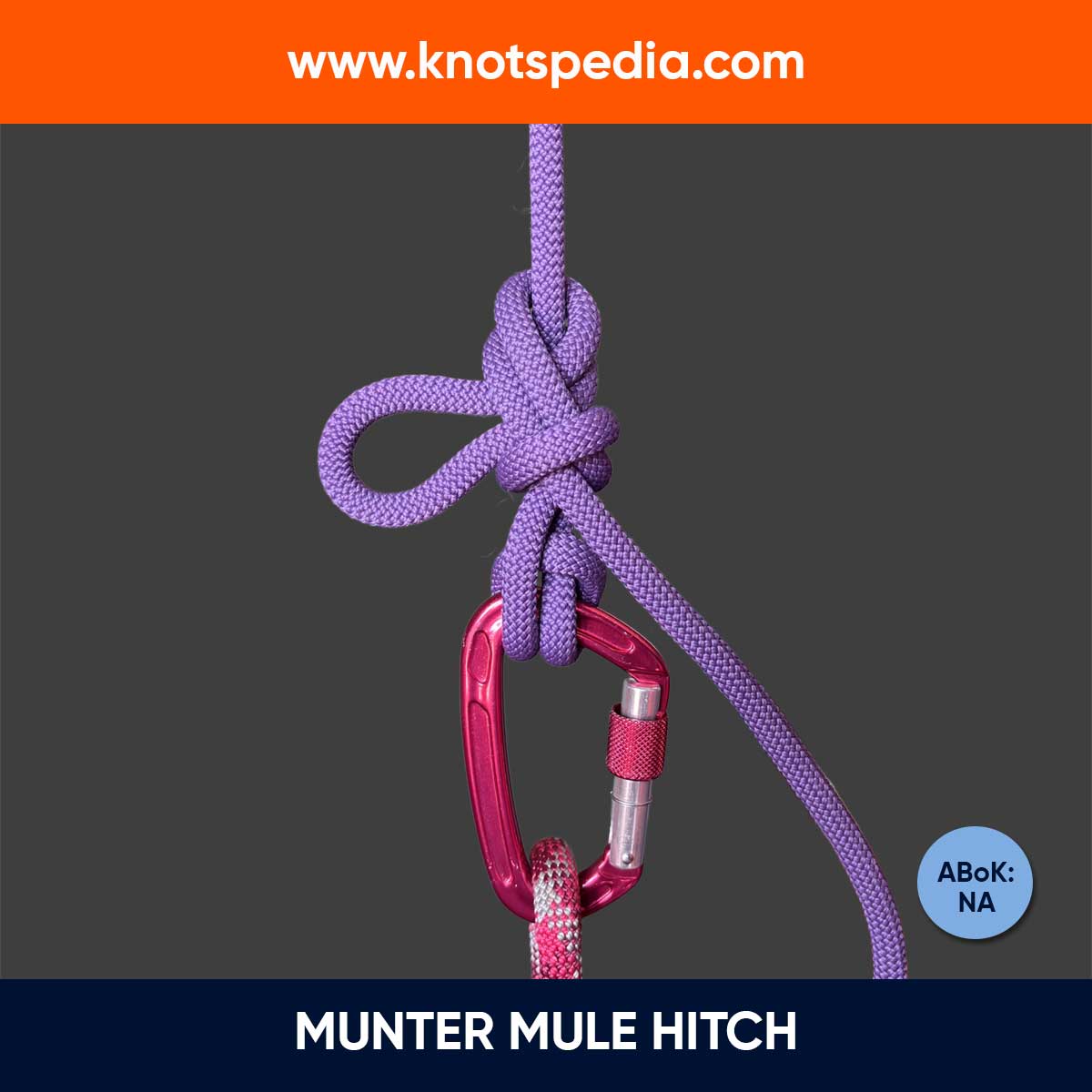
Need to go hands-free while belaying? This combination of the Munter and the Mule Hitches allows you to tie off the rope under tension.
It’s tied by tying a Slip Knot on the bight of the rope, followed by tying the Half Hitch around the standing end.
It’s a great tool for rescue or when you need a break.
Super Munter Hitch
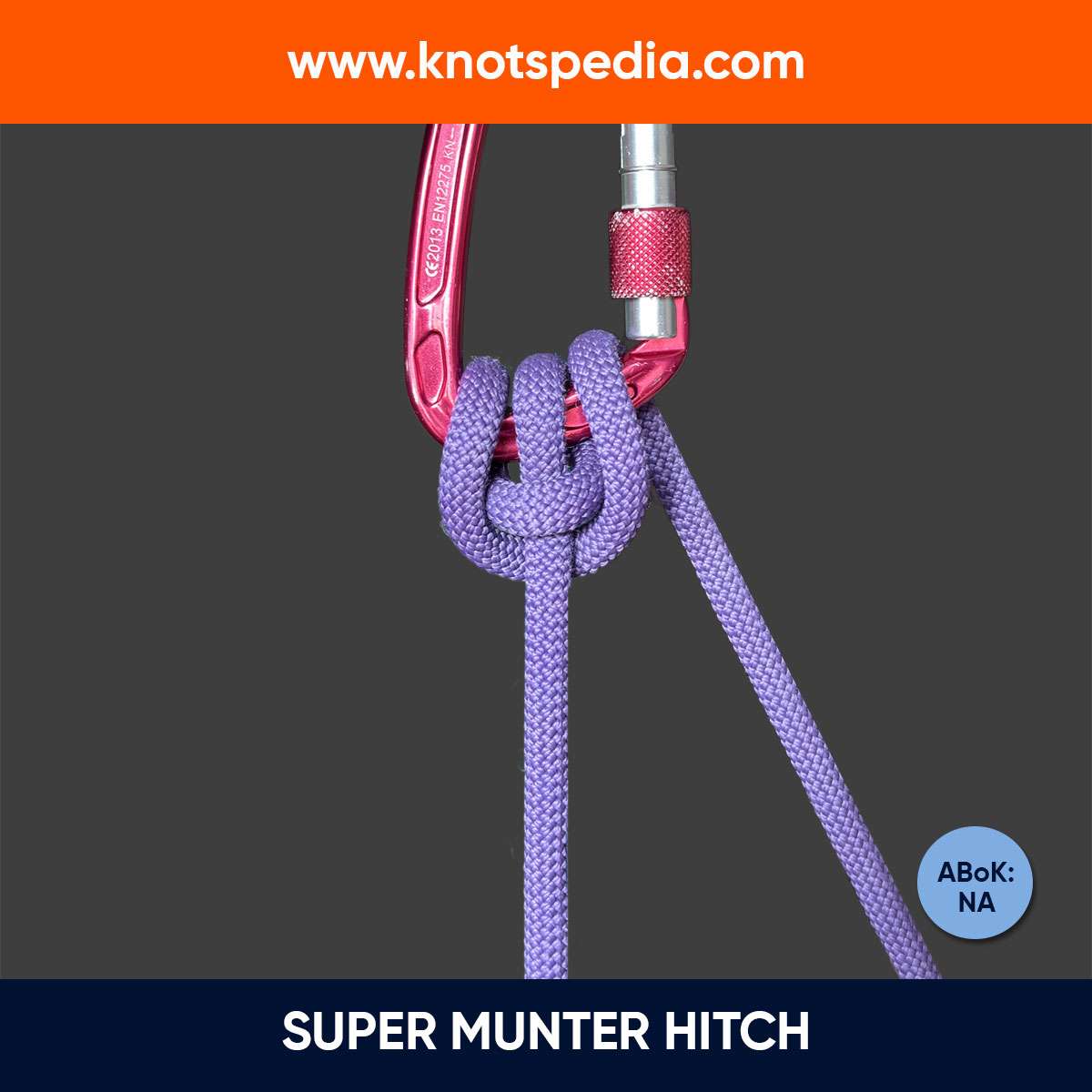
The Super Munter Hitch is formed by tying another Munter Hitch over the first one.
It’s useful when you are lowering a heavy load, which provides extra friction and increases the holding power of the belay.
It helps to control the descent and prevent kinks and twists in the rope.
Liked the article? Share it or Bookmark for future reference!


